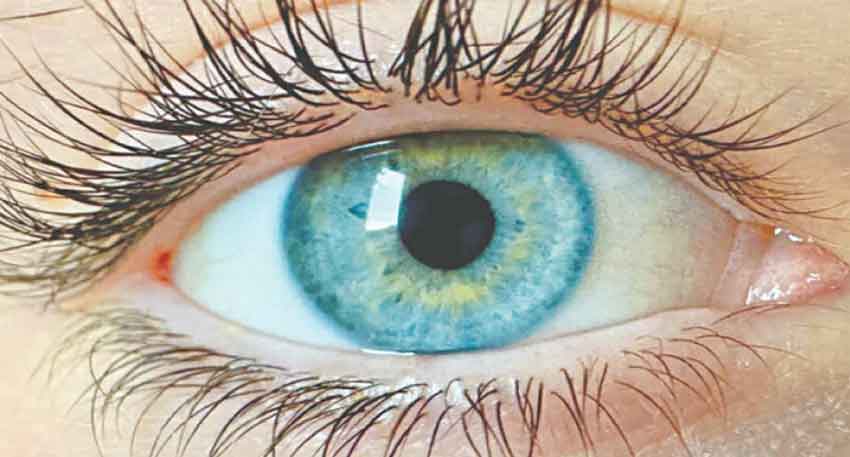
The breakthrough stems from an experiment conducted in the United States, in which laser pulses were directed into the eyes of participants.
By targeting specific cells in the retina, the volunteers reported seeing a unique blue-green hue that researchers have named “olo.” While the study s authors assert this represents a completely new color experience, some experts argue that the claim remains debatable.
The findings, published in the journal Science Advances, were described as “remarkable” by co-author Professor Ren Ng of the University of California. He and his colleagues believe the research could open new pathways for studying color blindness.
He explained the experience with an analogy: “Imagine going through your entire life only seeing baby pink—a soft pastel pink. Then one day, someone walks in wearing a shirt in the most intense pink you’ve ever seen, and they tell you it’s actually a new color we’re calling red.”
In the experiment, researchers projected a laser beam into one eye of each participant. The study involved five individuals—four men and one woman—all of whom had normal color vision. Three of the participants, including Prof Ng, also co-authored the research paper.
The volunteers viewed the laser through a device called “Oz,” which features a system of mirrors, lasers, and optical instruments. The apparatus was originally developed by some of the same scientists—based at UC Berkeley and the University of Washington—and was refined for this study.
The retina, located at the back of the eye, is a light-sensitive tissue that processes visual information. It transforms light into electrical signals sent to the brain via the optic nerve, allowing us to see.
Colour perception depends on cone cells in the retina—specifically three types: S (sensitive to blue), M (green), and L (red). Normally, any light that activates an M cone also stimulates neighboring L and/or S cones due to overlapping sensitivity.
However, in this study, the laser targeted only M cones. According to the paper, this isolated stimulation “would send a color signal to the brain that never occurs in natural vision.” As a result, the color olo is not visible without such precise, artificial stimulation. To document their perception of olo, each participant used a color dial to recreate the shade they had seen.




